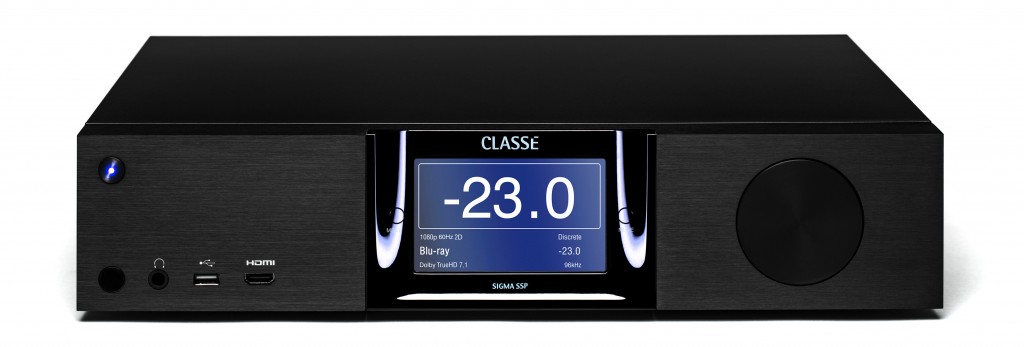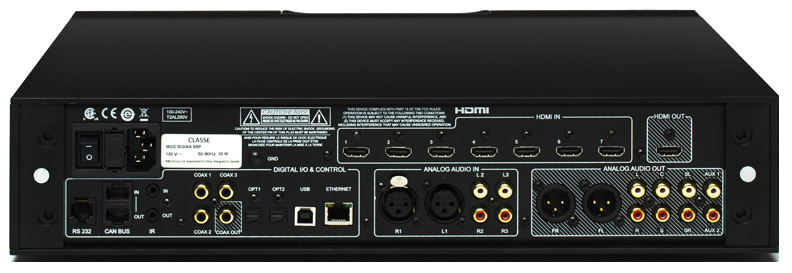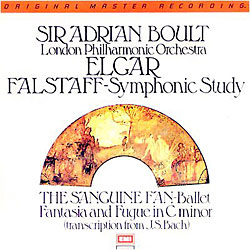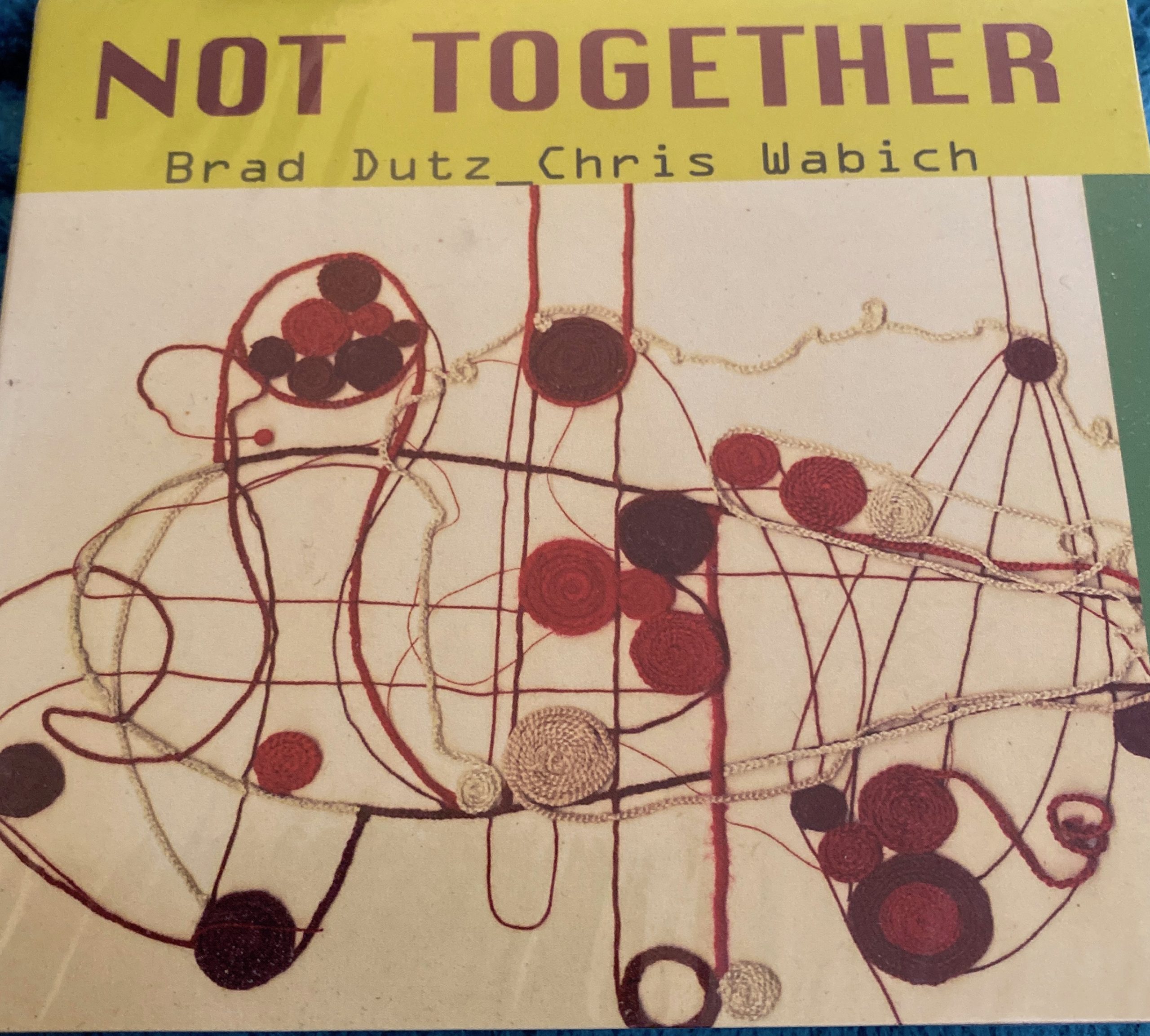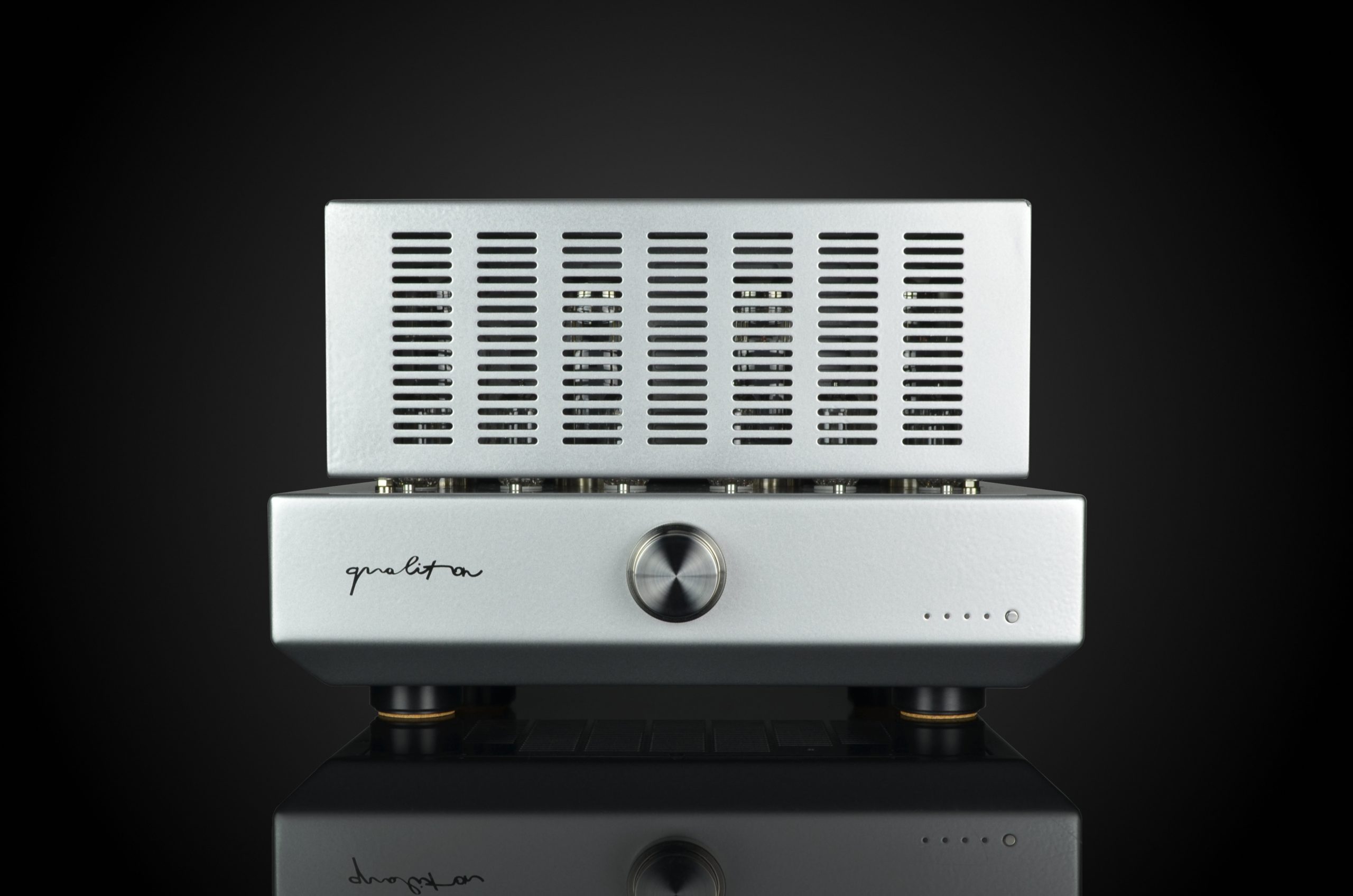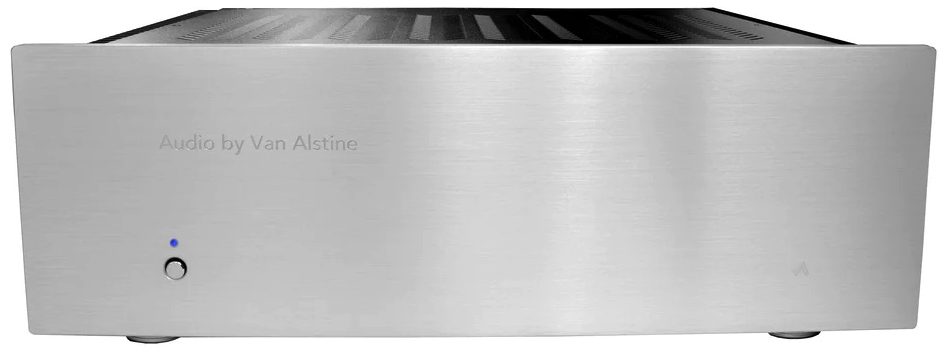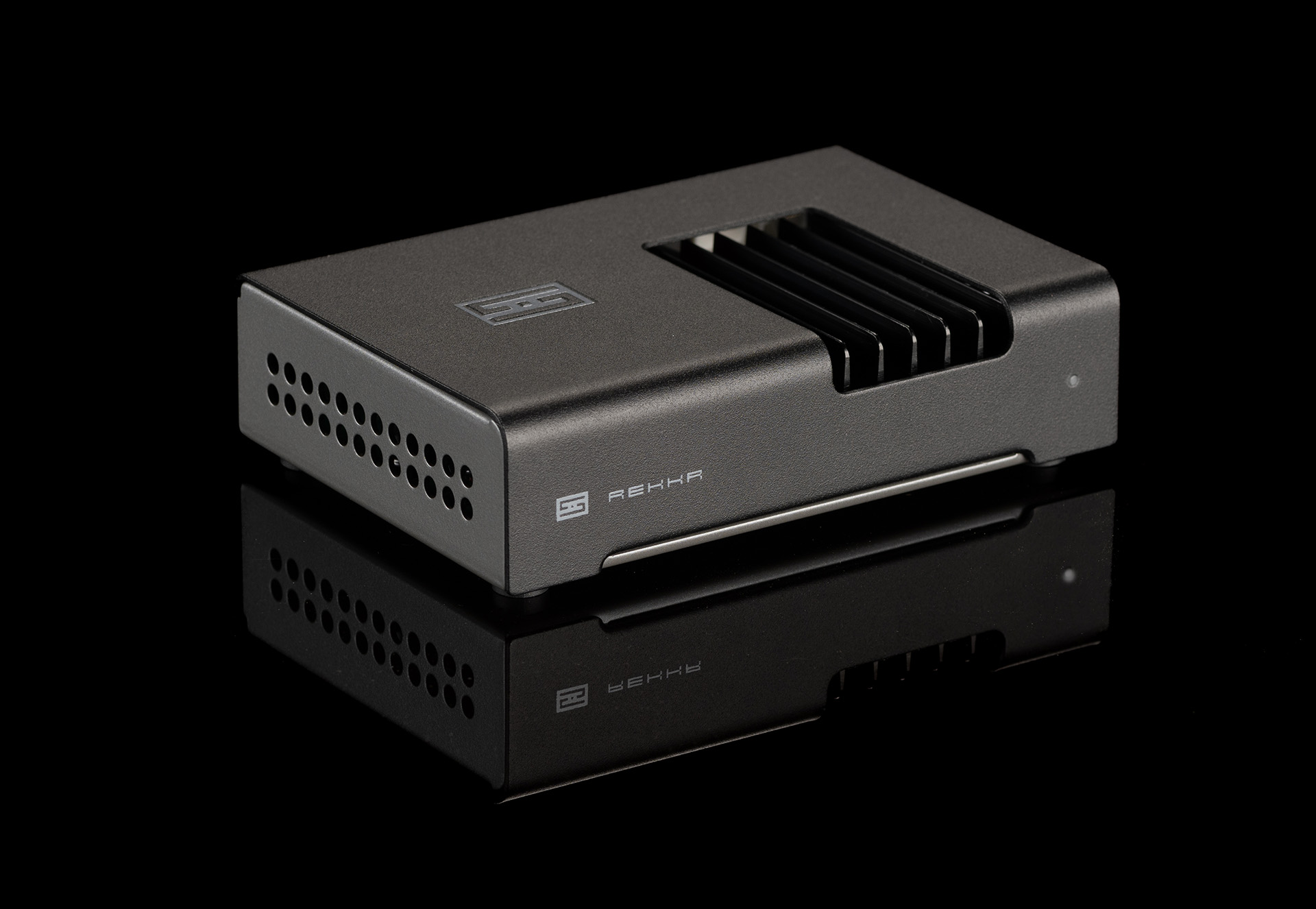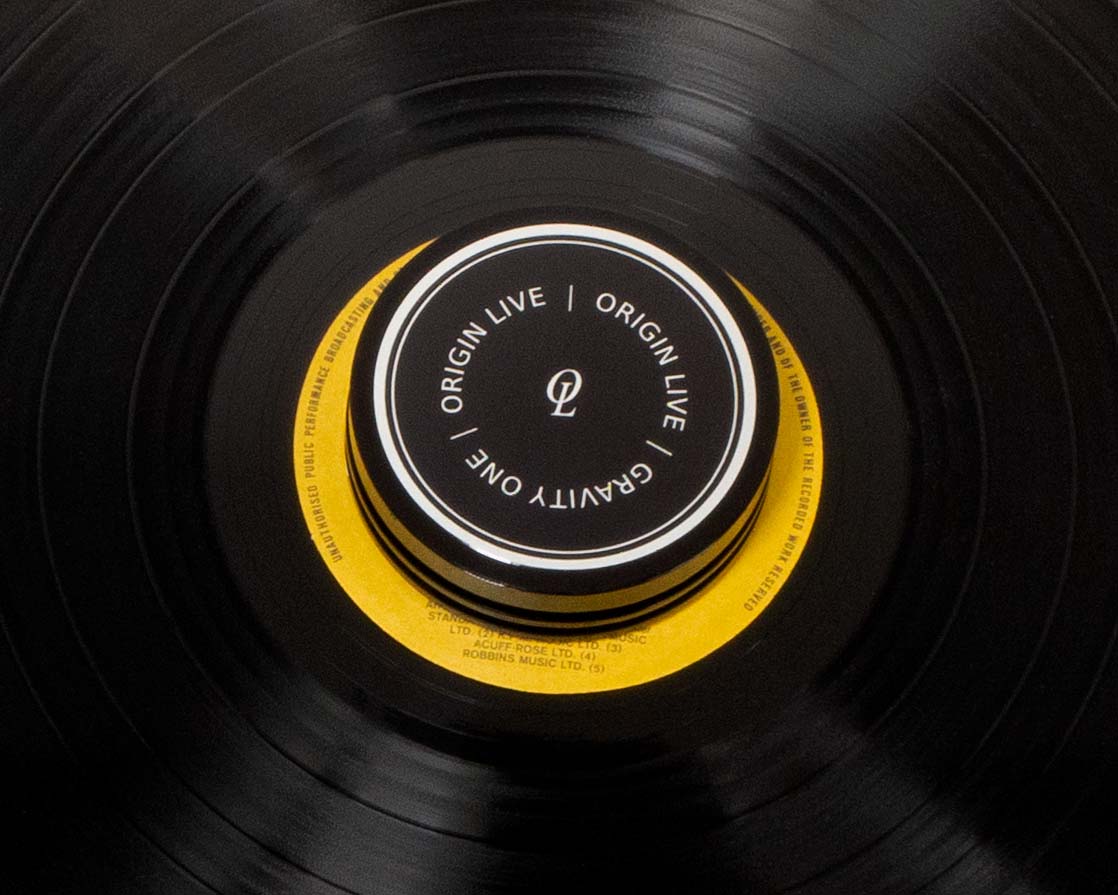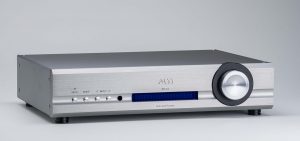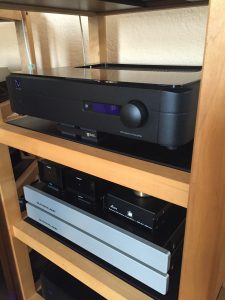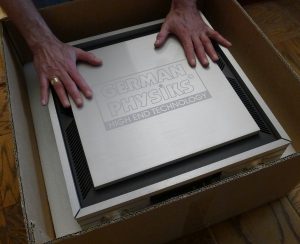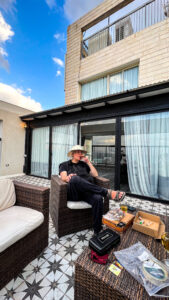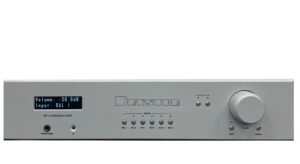This is my second installment investigating surround preamplifiers that might function as a reference two channel preamplifier. Leaving my Onkyo 885(b) for the NAD M17 was an encouraging, nearly thrilling start to my investigation. Happily there are an increasing number of promising offerings from bona fide audiophile firms.
I naturally alighted on Classe's newly released Sigma SSP surround sound preamplifier. In part my interest is more than just for a surround sound preamp, but also with interest in a phono preamp. Marantz, Sony and a raft of other Japanese manufacturers offer more features for far less than the Classe and NAD preamp processors, but most of those features and input options are like more open space in the Mojave Desert... unnecessary. For me and I expect most readers here, sound is paramount.
Classe is a well known, long standing two channel audiophile brand from Canada. One of the most amazing amplifiers I've ever heard was Classe's DR35 amplifier. Though it had no tubes and ran as hot (class "A") as any tube amplifier I've come across it was also the only solid state affair to give up nothing in liquidity to its thermionic cousins. I also briefly owned Classe's CA 100 for a few years which had a cleaner, less rich timbre. Which sound would arrive?
Visually the Classe Sigma SSP is an elegant understated beauty. Its countenance seems like it owns the room it's in. Its "finished" look reflects well thought out visual and ergonomic choices, it's almost more of an artistic sculpture. Stock it is $4995 but with an added phono stage the price bumps up to $5499. Though hardly inexpensive, the Sigma SSP entices the audiophile to retire their two channel preamp and sit with one remote control ready to gobble up vinyl, surround music, home theater or video games.
For a device bridging the chasm between minimalism and Swiss Army knife feature sets the Sigma SSP has a svelte profile. It's less than 4" tall and 15" deep with the industry standard 17" width—this is essentially the size of a way less equipped two channel preamp. Even with its petite size, around back it's easy to connect most if not all of your audiophile sized wire. Sufficient space arises in part, no doubt, because Classe elected not to serve as the hub for every source technology from the past fifty years.
There are, still, plenty of input choices, which include three analog inputs (one balanced), including one for phono. The seven HDMI inputs, Toslink and coaxial digital inputs were far more than I needed. Unlike NAD's M17, which I recently reviewed, analog sources aren't digitized; so if you want to maintain signal integrity, or at least avoid A/D conversion, the Classe allows for that.
Staying at the back panel there are balanced outputs for the front channels, as well as connections for up to 7.1 channels. There is, however, only one subwoofer output, so you'll have to sum and correct for two subwoofers as though there was just one, as I did. Additionally, there is an ethernet connector so that the SSP can be integrated into your home network.
The front panel consists of a headphone output, one USB and one HDMI connector. Of course, there is a power button and a volume pot. The latter is large, silky smooth and beautifully integrated into the front panel. At the center is an easy to read display screen. The text of the most important information was easily read from my listening seat. The display, however, provides a lot more than just source selected and the volume level.
Since we're talking surround sound, the display allows you to track much more information, e.g. what digital codec is in operation, how the preamp is processing the signal and if you're using the SSP's onboard DAC, what the sample rate is. Usefully, the screen can be dimmed and even set to turn off after operation of a command. Also included is a small, elegant metal remote control. I liked it, but lost it several times in our couch. While I had no problems using it, its minimalist feature set invites you to park it and operate the SSP by either a universal remote or a smart phone.
The "competition" for the Classe is a much cheaper AVR that will likely have more features as well as amplification for all channels. That, however, is a false comparison much as comparing the cutting abilities of the blade of a Swiss Army knife to a good fixed blade. Sure there are more features on the Swiss Army knife, but if you really need a tool to do it's job, simpler tools generally get better quality materials and execution to deliver the goods.
The Classe does not come with automatic room correction. I've found room correction to be enormously helpful with my aging, but unfortunately not dead yet Onkyo—please meltdown so I can justify replacing you! Classe instead of using Audyssey or Dirac Live, anticipates you will buy from an authorized dealer who will come set up your system. I was left to my own devices on this and frankly a bit concerned. Previously I had tried a TAG McLaren preamp processor which also lacked room correction features. I found it impossible, in this same room, to not hear where the surround sound speakers were, even when sitting in the "magic seat;" with seats closer to the surround sound speakers getting even worse.
With that is prologue, my tape measure mapped out distances and I generated pink noise to check sound levels. From my position in the "magic seat" I raised or lowered each speaker's output by 0.5 dB till satisfied. I was perfectionist with the two front channels and less concerned with the other channels. My real intention was to hear the SSP as a two channel preamp. Though I did not experience the ease of setup offered by the one button performance of NAD's M17, rather surprisingly I got quite good surround sound performance on movies. Speaker localization was not an issue leading to an immersive experience.
The Sigma SSP has an involved menu that allows you to create numerous unique setups. For instance, I connected my Oppo BD105 via HDMI to input 1. I used that single input for three different setups. One setup was pure surround sound for movies. The second was for two channel digital with the Sigma SSP doing the decoding for two channels and the last was for the same two channels, now supplemented by subwoofers.
I found the menu sensible, but for reasons unknown to me I had problems repeating exactly what I wanted. I attribute that to operator error, because I was able to accomplish a specific setup once, but after changing that, I was unable return to my starting point. During my review period in the space of three weeks we had a number of awful family challenges, the last occurring two days before a long planned trip to Germany. I expect those elements played a roll in me having trouble—that was pretty frazzling. So if you've got a lot on your plate or aren't good with deep menus, you'll want a dealer to set this up. So, while I repeat my experience for the sake of accuracy, I also think my experience was anomalous.
As with the NAD M17, I tested the Sigma SSP primarily functioning as a two-channel device. This review and the M17 review were protracted because I thought I had the intelligence and time to understand the additional information needed to comment on surround sound codecs etc. Was I mistaken! There's a reason why there are only a few brave souls surfing those waters. As you read my comments, I'd point you to comments about sound more than features as I feel competent to evaluate the former but not really the latter.
Without dilly dallying, let me jump in and say, the Sigma SSP had neither the DR35's sweetness, nor the slight midrange beaming I recall from my Classe CA100 amplifier. It is not exactly but somewhere in between the sound of the two, my fading recollection puts it slightly closer to the DR35. Vinyl, the analog output of my Buffalo 32S DAC or blu ray sound through Classe's DAC was exemplary.
This is not a flavored product. Performance was exceptionally neutral, with essentially imperceptible granularity. Background sounds were "dark" rather than light and bloomy. I heard no bleaching of timbre as volume levels crept up, nor did it darken with any obscuring as SPLs dropped. The sound at low volumes was remarkably clear with dialogue intelligibility in movies being exceptionally good. The NAD M17 did not quite have the same level of dialogue intelligibility, though it, too, was quite good and certainly better than my bland Onkyo. Neither, however, kept my wife from wanting subtitles during movies, though I would have forsaken subtitles with the Sigma SSP.
My dumb luck or skill allowed me to be relatively casual in setting up the surround speaker while still getting good results. Far superior to my previous efforts with the TAG McLaren AVR32 BP192, the surround speakers essentially disappeared with the Sigma SSP. This was rather surprising given that our surround speakers are much closer to our current listening positions than the surround speakers were with the TAG McLaren.
Movies
My family and guests had a revelatory experience watching the Blu Ray of The Book of Life using the Sigma SSP. Though most audiophiles will not care about movie performance, how the Classe handled the picture, music and dialogue exemplifies the excellence of the Sigma SSP. This animated feature is boldly, even wildly colorful visually. I recall first being struck by the excellent picture quality but as the movie wended its way to a satisfying conclusion, I thought to myself that the combined performance of audio and video was better than any I've had at home—and the sound was definitely better than I've ever heard in a theater. High praise.
Surround Music
I sent quite a few music movies through my system, including The History of The Eagles, Jeff Beck: Performing This Week... Live at Ronnie Scott's, Beware of Mr. Baker, Muscle Shoals and a raft of other music movies. AWESOME! I recommend each and every one of those titles. And there were dozens of movies that made their way through our system with the SSP in place. Exemplary.
Digital Music
The Sigma SSP's decoding of digital was a bit less sweet than my Twisted Pear Audio Buffalo 32S DAC, but it was also more resolving. The top end of the Buffalo was sweeter and lighter, but with a slightly wispier top end. Bass was a bit more rich and loose, comparatively speaking with my reference. Listening to a digitized copy of Ry Cooder's Paris, Texas Cooder's guitar was ever so slightly clearer in soundstage placement and conveying the acoustic environment, though slightly less tactile.
I tortured myself, in the name of testing, by putting on Holly Cole's rendition of "The Train Song," to hear a deeply resonant vocalization and standup bass. Unfortunately, the wonderful precision of the SSP did not infuse artistic substance into that exceptionally well recorded vapid performance. GIGO is merciless.
I found the Sigma SSP a very satisfying, and resolving sound, especially on digital sources. It is nearly faultless, in my estimation, with its reproduction of timbre, frequency extension and imaging. Its tapestry is framed by a very low noise presentation yielding a very quiet sound.
This yields the proverbial "black blacks." Much as my speakers allow long reverb tails, it doesn't place them on every recording, as they shouldn't. The Sigma SSP followed suit. The Sigma SSP does not have a bloomy, sweet treble or a seductive midrange. For those seeking that, you should look either for recordings that occur that way or for another surround sound preamp. The Sigma SSP's excellent delivery of a "just the facts, maam" and gently hews to how live music sounds. No, the Sigma SSP will not battle the $30,000 DACs, but it was commensurate with the very good performance of its preamplification.
Phono
I've had a tube phono stage for nearly twenty five years. This creates or reflects a bias. The Sigma SSP's phono stage will not remind you of a tube unit. It was every bit as grain free as the best tube preamps I've heard, with treble extended without overbite. Whereas choosing a tube phono stage might mean you give up bass performance, there is no such penalty with the Sigma SSP's phono stage. Midrange performance, especially with vocals was clear, without becoming sweet nor etched.
If you're looking for a tubey and open (bloomy?) sound, this is not it. If you're looking for a realistic presentation of timbre with inky black signatures rather than effervescent and "open" sounding, this could be your preamp. I found the vinyl presentation slightly more resonantly rich than the digital part of the Sigma SSP. Returning to Ry Cooder's Paris, Texas and "She's Leaving the Bank" this is a track that is often experienced as an open, somewhat bloomy and even effervescent sound; it just wasn't quite as effervescent as I'm accustomed to with the Sigma SSP. Keep in mind, however, that this performance is for the approximate cost of a $500 phono stage.
My 1981 EMI reissue of Edward Elgar's Sanguine FAN d by EMI featuring Sir Adrian Boult conducting the London Philharmonic Orchestra on Elgar's "Sanguine Fan" on EMI Elgar's was a difficult to describe mix of emotional and analytical. That presentation matches the character, if not the same performance, of the best I've heard from vinyl in my system(s). This is my disclaimer that whether you like or love the Sigma SSP's phono stage, it's definitely good. And for the premium charged, it's very good. If you're thinking of adding vinyl to your surround sound system, it would be smart to have it installed, even if you find a more expensive, perhaps higher performing phono stage as a later add-on. Again, this is more about preferences than performance.
Wrap it Up
Sigma in math means "the sum of " (close enough for a lawyer—I'm generally allergic to math). Classe's Sigma SSP acts like the sum of a good two channel preamp and a surround sound preamp. I like so much of what the Sigma SSP preamp offers that I think it should be on your list of two channel/surround processors. It is a worthy partner to a high end system. Auditions will tell you whether Goldilocks is inside. Do you like a grainless presentation of "the truth" or do you need some sugar and fairy dust? Only you can decide. In my estimation, whether it's just right for you or not, the Sigma SSP is most certainly a worthy contender for those looking to slim down from two preamps to one without sacrifice. With a dealer to fine tune the settings, this is a set and forget piece. Definitely recommended.
Sigma SSP
Retail: $5499 as reviewed
Classe Audio




